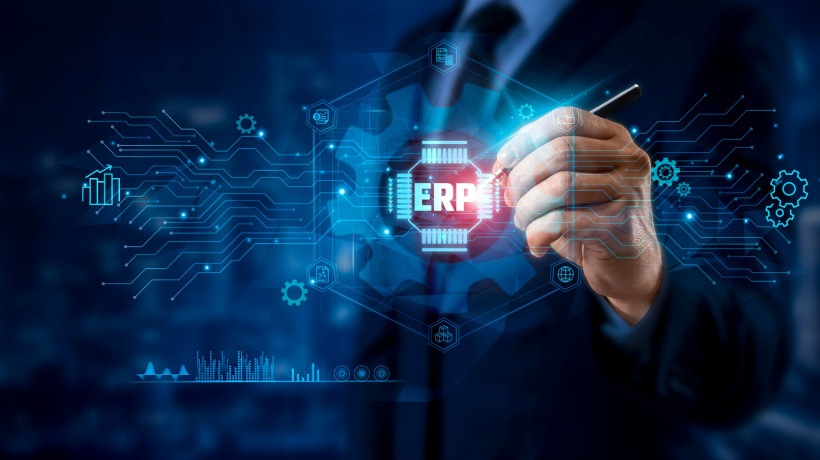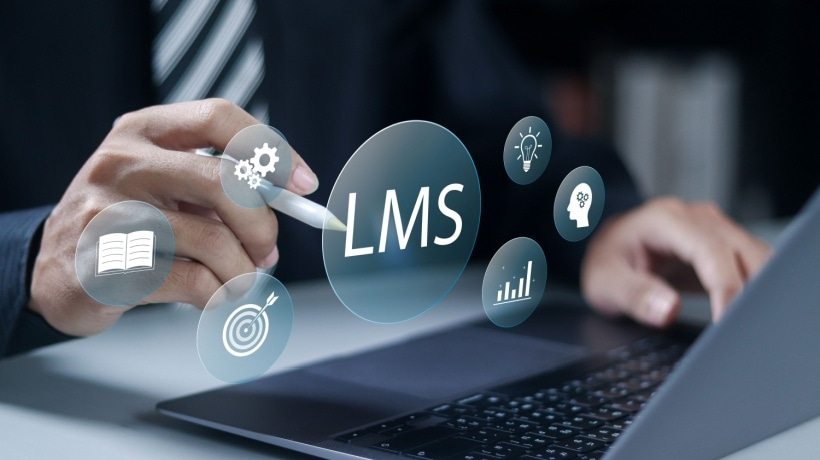Cloud-Based Education ERP Vs. On-Premise ERP
There are two kinds of ERP implemented, cloud-based education ERP and traditional or on-premise ERP. Enterprise resource planning is one of the most important things an educational institution needs, therefore it is necessary to select the best. Thus, it is a common question whether to opt for a cloud-based education ERP, or a traditional or on-premise ERP.
In the past few years, cloud-based education ERP has gained popularity. However, traditional ERP is still in use. Let us understand what the difference between the two is.
The main difference is that an on-premise ERP is installed on your server or host computer. The server is thus managed by the IT staff of the company or the education institution later on. However, the cloud-based education ERP is software developed by the company and the ERP is managed by the vendor himself. There is no need to put together an IT staff to look after it.
Some might wonder, what difference it makes to the institution or organization. The selection of a typical ERP makes all the difference. Following are some of the points that differentiate between the two and prove that cloud-based education ERP is indeed better than traditional or on-premise ERP system.
Differences Between Cloud-Based Education ERP And On-Premise ERP
As mentioned above, the basic characteristic of a cloud-based ERP is that it is hosted on either the vendor's or client's server depending on the client's choice, but the vendor keeps the backup since data might get crashed anytime and is accessed through a browser. On the other hand, on-premise ERP software is installed on the company’s server and then further maintained.
Customized ERP: A cloud-based education ERP can always be customized according to the needs of the educational institution. Therefore, the customized ERP gives users a friendly user experience. If the traditional ERP system is customized, the implementation time increases and the system becomes slow. This is not the case with the cloud-based education ERP. It can be customized numerous times retaining the same efficiency and accuracy.
Implementation issues: The implementation of a cloud-based education ERP is simple, and the organization supervises implementation. The implementation of the cloud-based education ERP is, hence, controlled by the institution. This is not the case with on-premise or traditional ERP. The implementation of this ERP takes a long time and till then the actual need for the ERP system is gone.
Secure: Cloud-based education ERP is safe and secure, and no third party interference is allowed. However, as the on-premise ERP is installed on the server, there is the risk of security breach. In case of cloud-based education ERP, the security lies within the organization itself. However, there is no such guarantee in case of the on-premise ERP.
It cannot be neglected, though, that the initial cost of a cloud-based education ERP is lower than that of the traditional. It is easy to use, as it is implemented on a server and then accessed through an internet connection. Implementing a cloud-based education ERP makes sure that the system functions smoothly. A vendor team works round the clock to make sure the institution faces no problems.
The team of the vendor allows the educational institution to focus on much greater things. Cloud-based education ERP makes things such as planning for the various activities of the institution simpler. After planning through the application provided by the vendor, implementation becomes a lot simpler.
This does not hold true in case of the traditional or on-premise ERP. The implementation of anything is a lengthy process and takes time. Its cost, combined with the cost of the implementation, is higher. This makes the total cost higher, counting in the number of resources employed to maintain the education ERP software.
Hence, considering the number of advantages of the cloud-based education ERP system, it can be concluded that a cloud-based education ERP is better than the traditional ERP. It is the first choice of the leading organizations in India.





